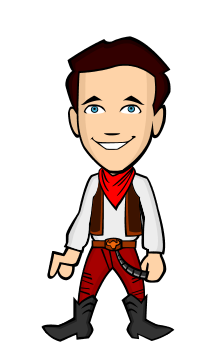Nocturne was my first ever time using time-lapse photography. My initial idea was to film the stars and see if I can make a film out of the footage, but I quickly learnt that a normal video camera does not let enough light in and you will not be able to see any stars. This is where I learnt about time-lapse photography.
The film is made entirely out of photographs strung together at 25 photographs a second to create a moving image. A Digital SLR camera allows a lot more light into it, therefore allowing you to see more stars in your shot. For most of the shots, I used a 15-30 second shutter speed, with f2.8 apature and 3200-6400 iso. This meant that I would take a photo every 30 seconds, so at 25 frames per second in video, it would take 22.5 minutes of shooting time to create a 1 second clip in the edit. This basically means very long shoots on very cold nights!
Time-lapse is a very addictive filming technique. Once you have done one, you start to imagine what other things would look like if they were sped up and you end up time-lapsing everything! My advice to anyone looking into doing time-lapse photography would be to buy a remote timer and a Digital SLR and start shooting. The best way to learn and get better at time-lapse (like anything) is to keep practicing.
Time-lapse can be used as a great story telling technique. When you see things at a different speed, you start to think about them differently. For example, the shot of the planes taking off at the airport in Nocturne interested me the most as I didn't really realise how many planes fly everyday, and this was just at one airport! It tends to put things in perspective.
Trivia:
- For the production of Nocturne, I ended up taking well over 10,000 photos in the space of 2 weeks.
- I did most of the shoots with my father who is a professional photographer and was nice enough to let me borrow his cameras! Thanks dad!
- When I was practicing time-lapse, I didn't have a remote timer device so I used to have to press the camera button for each photo (sometimes nonstop for well over an hour).
- As a photos resolution is usually near 5k, all of the shots had to be downscaled to 720p so that my computer at the time (2008) could actually edit the film together!
If you have any questions about the production or about time-lapse photography, feel free to leave a comment!



